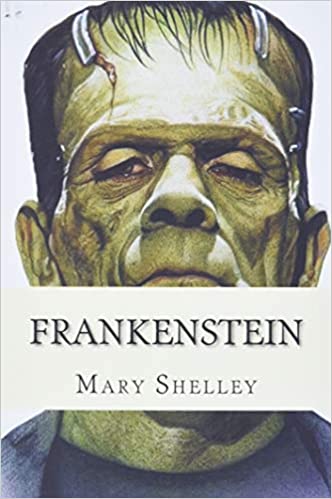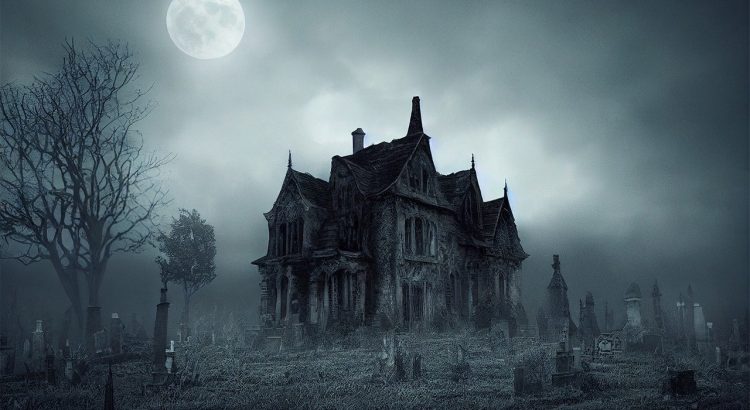
I recently read three classic horror stories: Frankenstein, Dracula and the Haunting of Hill House. Although I had heard of these books and I had absorbed through popular culture what I understood to be their basic plot line (ie. Frankenstein: mad scientist creates a monster; Dracula: vampire in Transylvania; and Haunting of Hill House: a haunting house that kills.). But I had never read the original books.
Popular culture does not do justice to any of these stories. I was surprised by how good these books are and how unexpectedly enjoyable they are to read.
First, a confession. I have not traditionally been a fan of the horror genre. I do not generally like blood, gore, ghosts, super-natural creatures that drink blood, zombies who carry chainsaws, creepy come-to-life dolls or killer-clowns.
But I do like a good page-turning thrilling book that delves into deeper themes about life and death. I remember as a kid how Halloween was one of my favourite holidays. I love the idea of getting lost in a corn maze and I had a fascination with the carnival haunted and mirror houses at county fairs. Recently I realized that perhaps, I have not properly appreciated a good old horror genre. Thus the decision to read the above three classics. Fun fact: 2 out of the 3 books were written by a woman.

The Haunting of Hill House by Shirley Jackson (1959): I listened to a podcast on opening lines and this book was listed as having one of the best opening pages of a book. This intrigued me and was a good enough excuse to read it. It is a gothic horror novel and considered by many to be one of the best ghost stories written. But it is more than just ghosts in a haunted house: it’s a psychological thriller and I must admit, I loved how the house itself was a character in the book, and a character trying to possess the main protagonist. Interesting fact: To prepare to write this story, the author read every ghost story she could find.

Frankenstein by Mary Shelley (1818). This is a such a beautiful written story with poetic language. It’s also like a Russian doll: a story within a story, within a story! At times, this felt bogged down by some of the formal and archaic language and the structure, but it is the themes of the story that have stayed with me. I couldn’t help but to feel sorry for the monster who only wants to be loved and accepted and instead, is rejected by its creator and society; and thus turns to violence. Sound familiar? This theme is still present around us in our current societal challenges. No wonder this book is still relevant today. It was a surprise to me that the monster is not called Frankenstein in the book: that is the name of the creator of the monster. And it is fascinating that the name “Frankenstein” is often erroneously used to refer to the monster and not correctly the scientist who created the monster. Interesting fact: Mary Shelley’s father was a famous writer of the day and she grew up surrounded by literary writers and people of political influence. Her mother was a feminist writer but died shortly after giving birth to Mary. Well known fact that Frankenstein was written as a contest between Mary and her friends. She won.

Dracula by Bram Stoker (1897). I was most surprised by enjoying this book. First of all, I had never realized that it was an epistolary novel, told through a series of letters and newspaper clippings. It should be boring but instead, the book has good pacing. It has suspense, and even though at times, it feels a little cheesy, it was engaging. Plus the lawyer main character is a nice guy hero, and not some money-grabbing, low scum bag kind of person. Bonus to Bram! As for the writing of Dracula, Stoker did extensive research and there are over 100 pages of notes with chapter summaries and plot outlines. He wrote the novel (or at least extensive sections of it) during two summer vacations with his family in Scotland.
Reading these classics gave me an appreciation for why these books have endured. The characters have depth and are complex; the descriptions are detailed. In contrast, they also keep the monster–be it the ghosts, vampire, or created monster —as intangible as possible, allowing the reader to fill in the gaps with our own imagination. Dracula disappears into mist, the monster is not even given a name in Frankenstein and the ghosts are vague in the Haunting of Hill House. After all, it is not the ghosts per se that are scary but how the main character slowly loses her grip on reality. I was also interested in the writers themselves and how they came to write these classics.
Why not choose a few classics from your genre for your summer reading list? Let them inspire you.
Happy writing (and summer reading).
